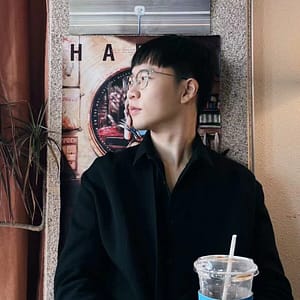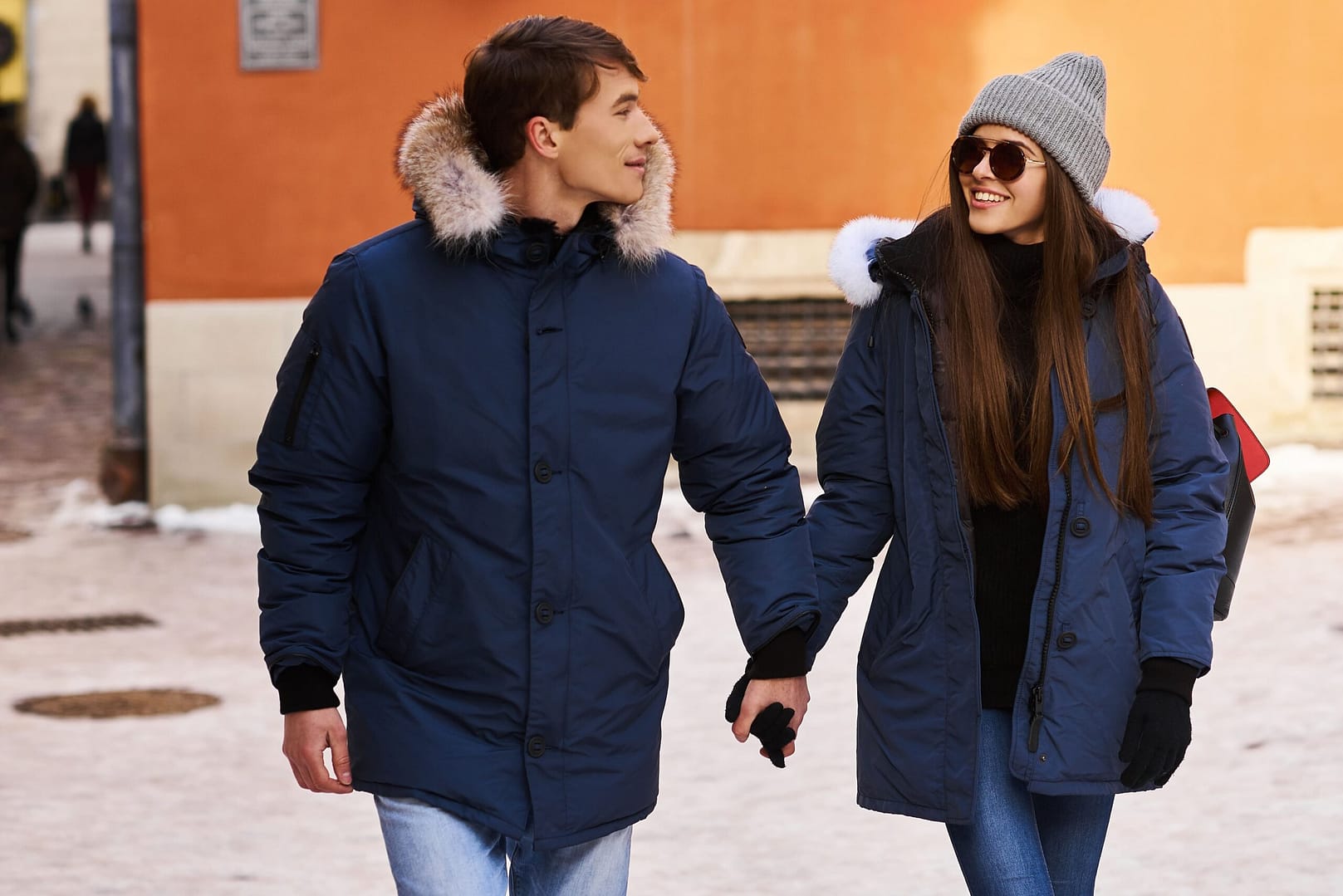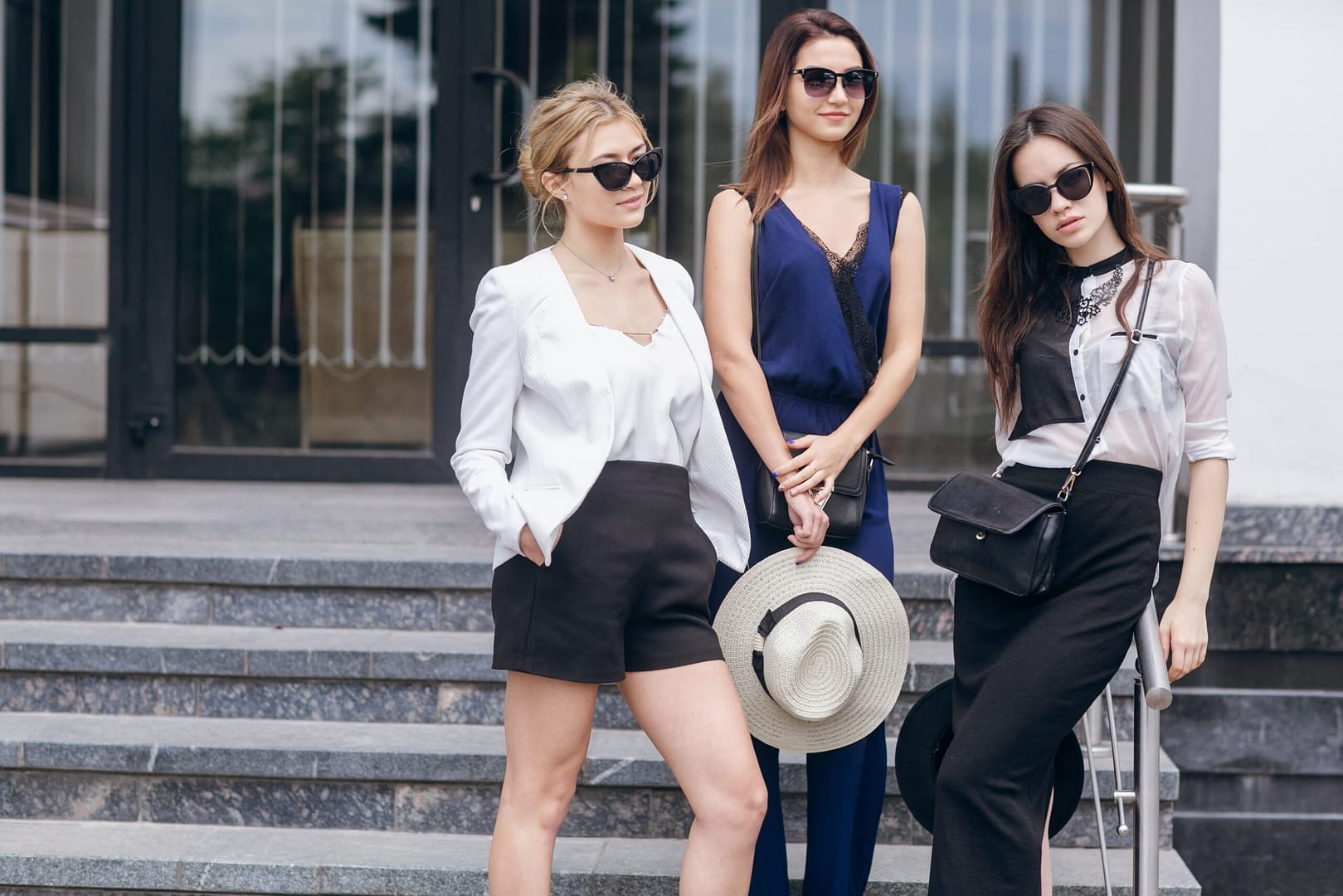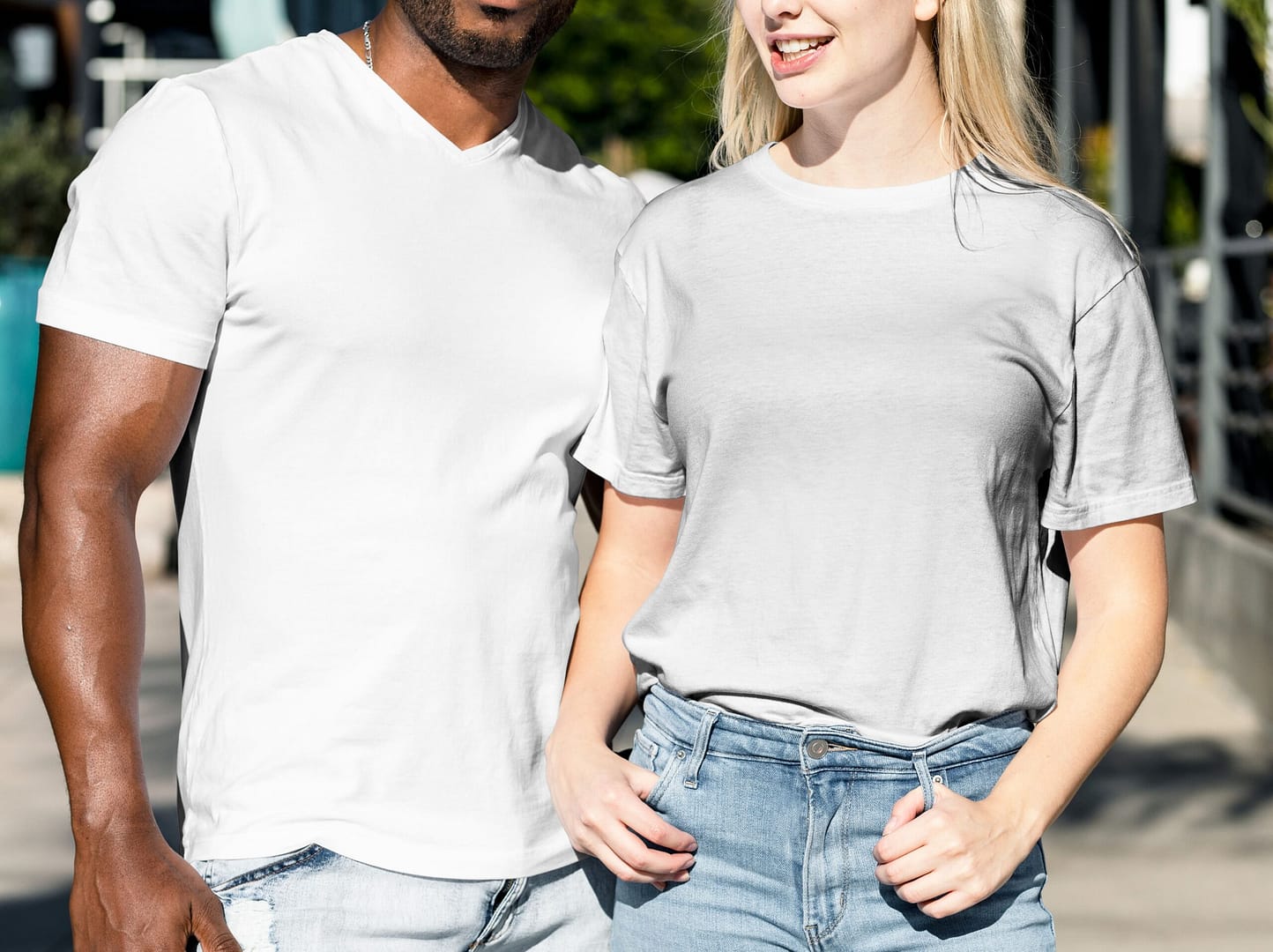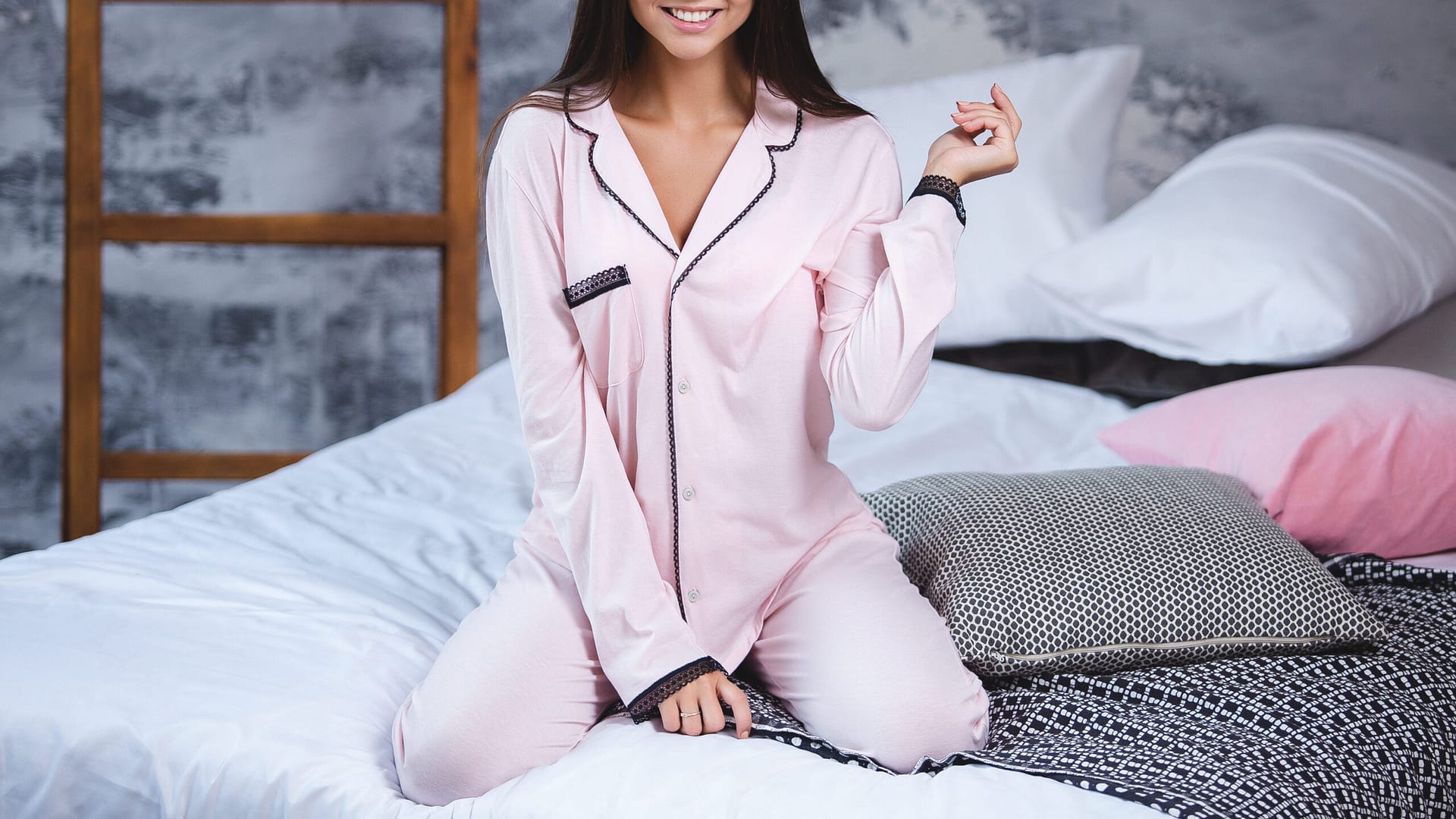Chiffon fabric, with its ethereal and sheer qualities, has long been a staple in the fashion industry. This lightweight material, known for its beautiful drape and transparent appearance, is a favorite among designers and fashion enthusiasts alike. The origins of chiffon can be traced back to the early 20th century, though its exact beginnings are somewhat nebulous, much like the fabric itself. Originally made from silk, chiffon has evolved over the years, and now variations include polyester and cotton, making it more accessible and versatile.
What is Chiffon Fabric?
Chiffon is a lightweight, sheer fabric known for its sheer, elegant, and delicate appearance. The term “chiffon” comes from the French word for “cloth” or “rag,” indicating its initial perception as a finer piece of fabric in the textile industry. Chiffon is made from tightly twisted yarns, comprising silk, polyester, cotton, or rayon, which are woven in a mesh-like weave. This unique construction gives chiffon its slight stretch and transparent appearance.
There are primarily types of chiffon:
Silk Crepe Chiffon
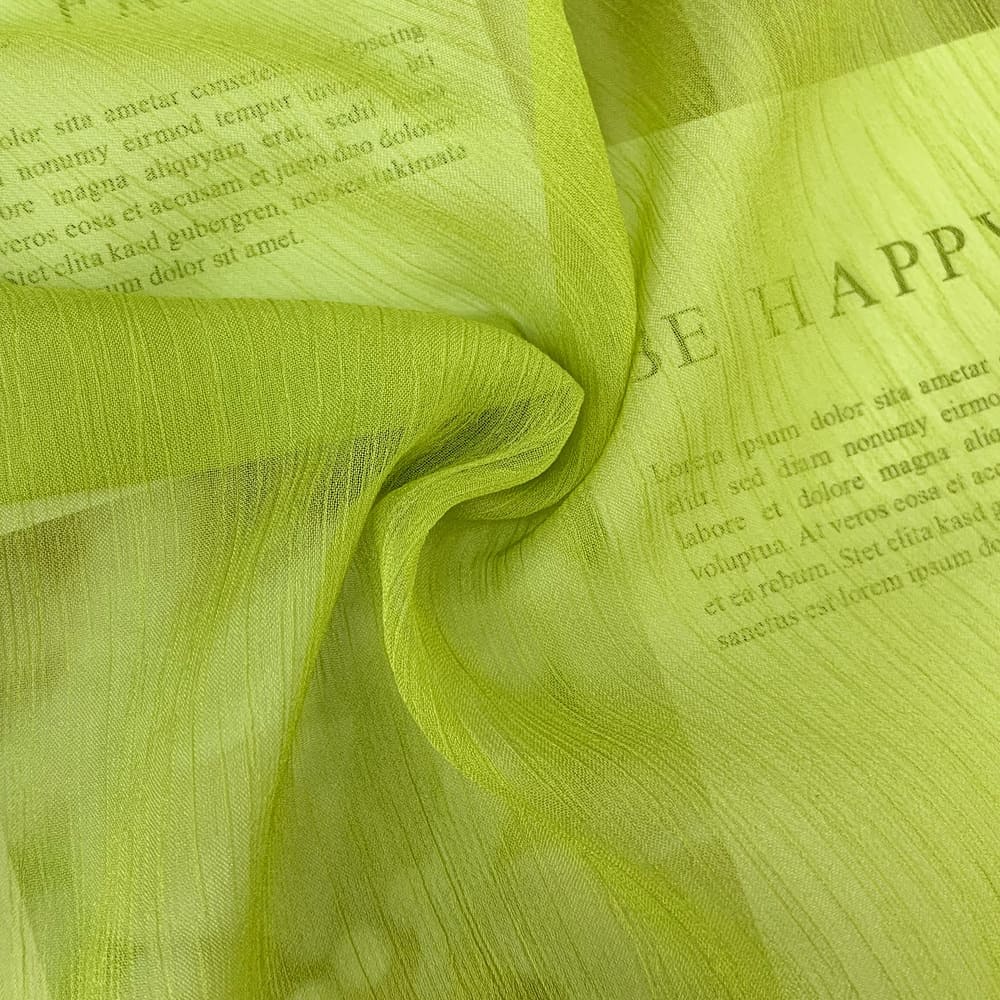
This is the most common type of chiffon. It’s made from 100% silk and has a slightly rough, pebbled texture with a subtle crepe effect. This gives it a beautiful drape and a slightly matte finish compared to other chiffons.
Silk Satin Chiffon
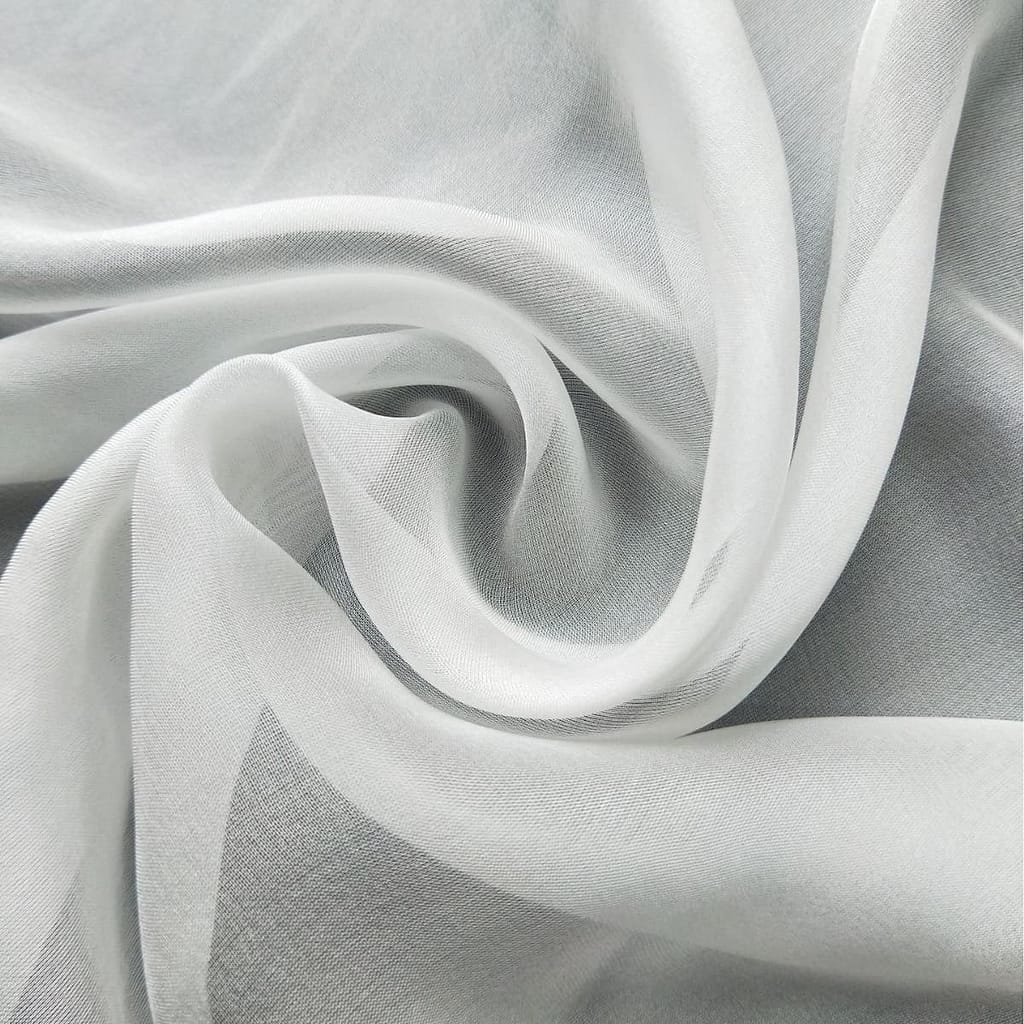
This type of chiffon combines the lightness and transparency of chiffon with the smooth, lustrous surface of satin. It’s made from 100% silk and has a beautiful sheen on one side and a duller finish on the other. Silk satin chiffon is even lighter and more translucent than silk crepe chiffon.
Pearl Chiffon
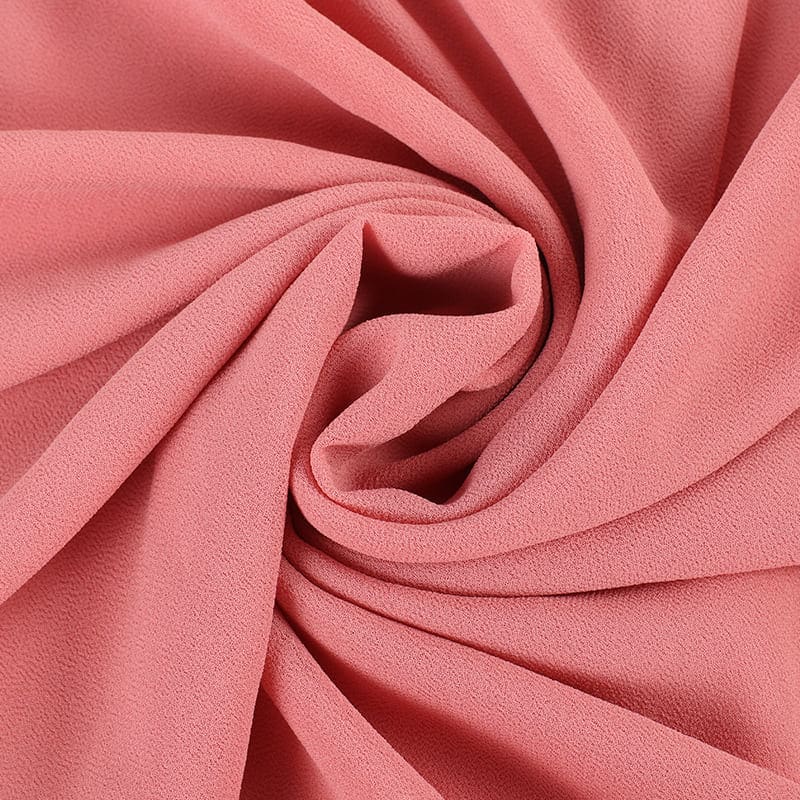
This chiffon is not necessarily made from silk, but can be made from various fibers. What sets it apart is its pearlescent sheen and glossy texture.
Jacquard Chiffon

This type of chiffon incorporates a woven design into the fabric itself. Jacquard weaving allows for intricate patterns and motifs to be created directly on the chiffon. Jacquard chiffon can be made from silk or synthetic fibers.
The Making of Chiffon
The production of chiffon involves several detailed steps, starting from the selection of raw materials to the final finishing processes:
- Raw Materials: Depending on the type of chiffon being produced, the raw materials can include silk threads for silk chiffon, polyester filaments for polyester chiffon, or cotton yarns for cotton chiffon.
- Yarn Preparation: The yarns are tightly twisted, which contributes to the fabric’s characteristic crepe-like texture. This twist in the yarns is crucial for achieving the desired strength and sheer appearance of the final fabric.
- Weaving Techniques: Chiffon is typically woven using a plain weave technique, but with a twist: the warp and weft threads are alternately twisted, creating slight puckers in the fabric that account for its unique texture. This weaving process is delicate and requires precision to ensure the fabric’s uniformity and quality.
- Dyeing and Finishing Processes: Once woven, chiffon can be dyed in a vast array of colors. The fabric may undergo various finishing treatments to enhance its appearance, feel, or durability. For silk chiffon, specific finishes may also be applied to improve its resistance to wrinkling and to add additional luster.
Properties and Qualities of Chiffon
Chiffon is celebrated for its distinctive set of properties and qualities that make it a favorite in the world of fashion and design. Understanding these characteristics is essential for anyone looking to work with this fabric, whether for designing garments or selecting the perfect piece of clothing. Here are some of the most notable properties of chiffon:
- Lightweight and Sheer Nature: Chiffon’s most defining feature is its lightweight, sheer texture, which allows for excellent draping and layering in garments. This sheer quality also adds a level of sophistication and elegance, making it ideal for formal wear and delicate apparel.
- Durability and Draping Ability: Despite its delicate appearance, chiffon is relatively durable, thanks to the tight twists of its yarns. This resilience, combined with its ability to drape beautifully, makes chiffon a popular choice for flowing dresses, skirts, and scarves that require a graceful fall.
- Breathability and Comfort: Chiffon made from natural fibers like silk and cotton is breathable, making it comfortable to wear in warmer climates. It feels light against the skin and allows air to circulate, preventing discomfort during prolonged wear.
- Maintenance and Care Instructions: Chiffon requires careful handling and maintenance to preserve its appearance and longevity. It should be hand washed or dry cleaned, depending on the fiber content, and ironed on a low heat setting to avoid damage. Polyester chiffon is generally more resistant to wrinkles and easier to care for than its silk or cotton counterparts.
Uses of Chiffon
Chiffon’s versatility extends to a wide range of applications, from fashion to home décor. Here’s how chiffon is commonly used:
Apparel
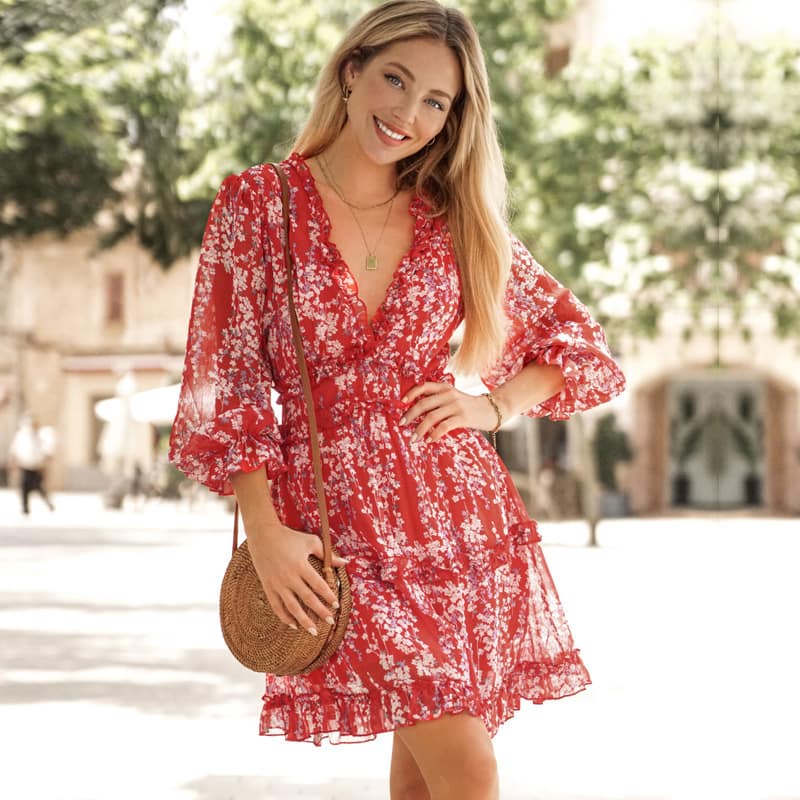
Chiffon is a popular choice for creating blouses, dresses, skirts, and evening wear. Its lightness and flow add a touch of elegance and femininity to any outfit. Chiffon scarves and wraps are also fashionable accessories that add color and texture to a look.
Accessories
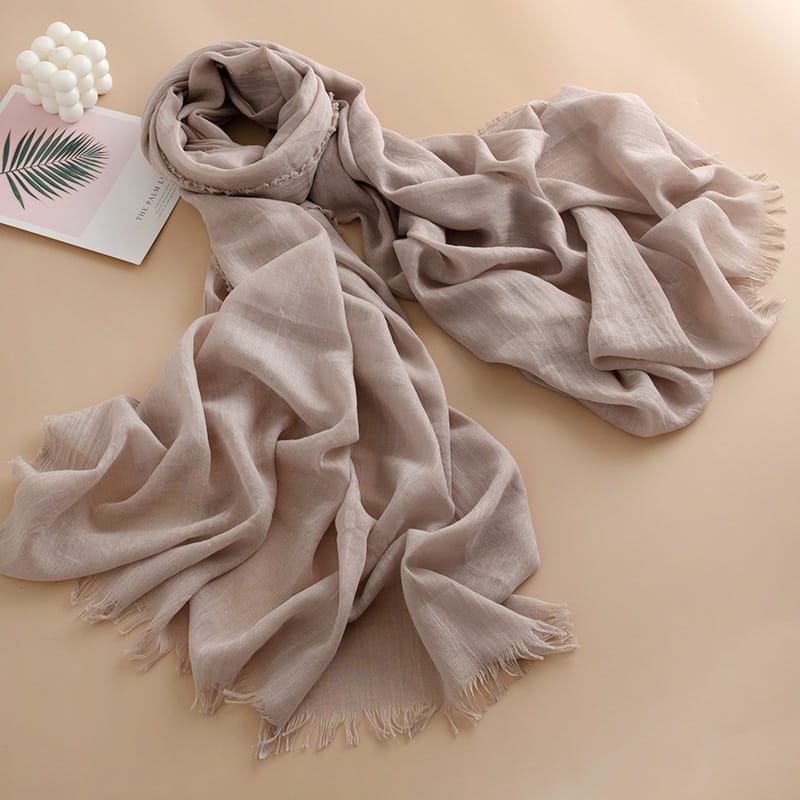
Beyond clothing, chiffon can be used to make delicate scarves and wraps, offering a lightweight layer of warmth and style.
Home Décor

In home décor, chiffon can be used for sheer curtains and draperies, adding a soft, airy feel to a room. Its translucency allows for natural light to diffuse beautifully, creating a serene and inviting atmosphere.
Conclusion
Chiffon fabric, with its timeless elegance and versatility, remains a beloved choice for fashion designers and enthusiasts alike. By understanding its unique properties, care requirements, and the innovative ways to work with it, you can elevate your fashion projects to new heights. For those looking to explore more about fabric care or fashion design tips, visit valtin apparel for in-depth insights and advice.
FAQs
- Q: Can chiffon be dyed at home? A: Yes, but it requires careful handling. Use fabric-specific dyes and follow the instructions precisely. Silk chiffon is particularly receptive to dye, while polyester may require specialized dyes.
- Q: Is chiffon suitable for beginner sewers? A: Chiffon can be challenging for beginners due to its delicate nature. Starting with polyester chiffon, which is slightly more forgiving, and practicing on scraps can help build confidence and skill.
- Q: How can I prevent chiffon from wrinkling? A: Store chiffon garments hanging or rolled instead of folded. Remove wrinkles with a steamer or an iron set to a low heat, always using a pressing cloth to protect the fabric.
- Q: How do I stop chiffon from fraying when sewing? A: To prevent chiffon from fraying, use a French seam or a serger to enclose the raw edges. Applying a small amount of fray-check solution to the edges before sewing can also be effective. Additionally, sewing with a narrow hem or using pinking shears on the edges can minimize fraying.
